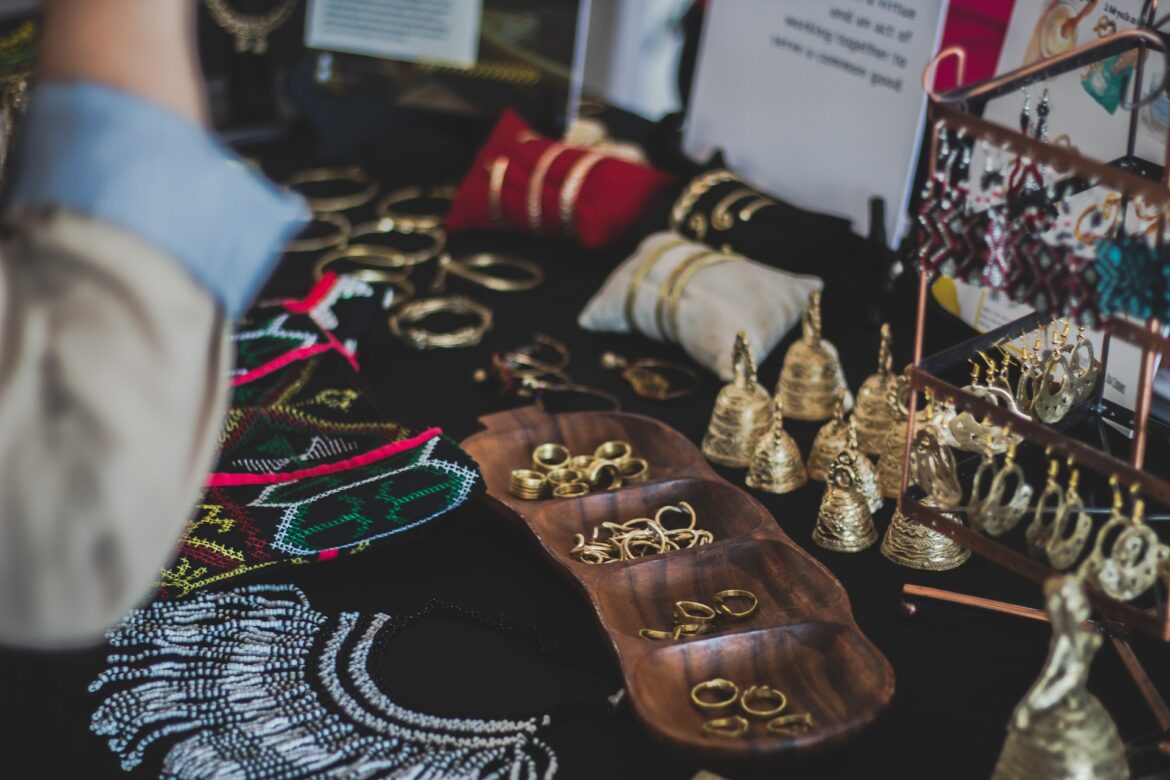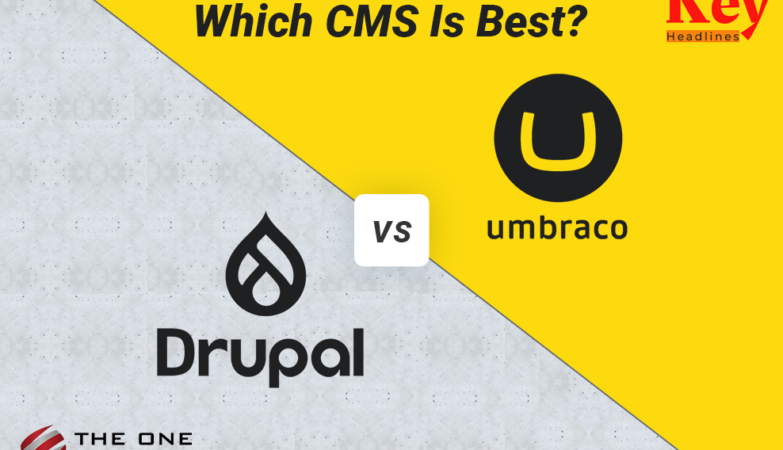Entrepreneurial success requires hard work, focus, and preparation. While the fundamentals of running a successful business are universal, the jewelry industry operates in a unique way that necessitates meticulous attention to detail to satisfy the business’s and its customers’ needs.
As human culture developed and advanced over the millennia, so did the practice of making oneself more aesthetically pleasing. As a result, jewelry is a timeless classic that defies the ravages of time and grows more beautiful with each passing day. Pieces of fantastic jewelry that have become part of human civilization’s treasure have been mentioned in the past. Skilled manpower consultancy can empower your jewelry-making enterprise with the perfect craftsmen and expertise to refine your creations and elevate your brand. Most people will find that starting a jewelry business is more complex than anticipated because it requires a high level of originality, dedication, capital, and quality control. Success, however, is guaranteed for those who steadfastly adhere to the fundamentals.
Consumer Needs Analysis and Market Research
One must start from scratch to make it as a jewelry retailer. Because consumer tastes and industry needs are constantly shifting, it’s important to always start from scratch. As a first step, any entrepreneur must thoroughly research the existing competition and analyze the supply and demand dynamics of the market.
After researching the market, one can determine which sector would be most advantageous. Entrepreneurial jewelry designers must pay close attention to demand, specialization, and prospects.
For example, if your target market demands precious and semi-precious beads and findings, you must plan as early as now where you will be sourcing your jewelry-making supplies.
Do You Know Your Ideal Customers?
Customers’ preferences range from a simple, elegant pendant to a diamond-encrusted bridal necklace, depending on the occasion and the wearer’s budget. First, jewelers and fashion designers must decide what market segment they wish to serve. A jewelry store aims to attract customers who will appreciate and purchase its exquisite designs and beautiful jewelry.
Planning Your Jewelry Collections
The jewelry industry is becoming increasingly competitive, so designers must constantly innovate new, eye-catching pieces that highlight their superior craftsmanship and appeal to a wide range of customers. A jewelry-making enterprise might utilize Certificates of Deposit to park surplus cash earned during peak seasons, earning a fixed interest return while ensuring capital remains readily accessible for upcoming production cycles. Fine jewelry designers must keep their customers in mind as they create collections of all styles, from the sleek and sophisticated to the grand and exquisite. In addition, a jeweler’s business can benefit from the creative use of rare materials like gold, platinum, diamonds, precious stones, and other rare elements.
Developing a Mixed-Platform Marketing Plan
When it comes to the success or failure of a business model, sales are at the center of the action. E-rise commerce’s prominence in the modern marketplace is attributable mainly to the proliferation of digital tools. To increase sales and profits, jewelry businesses need to pay equal attention to their online and offline channels with the help of a professional marketing plan. Profits rise as the company’s influence grows and it can reach a wider audience.
Planning Costs
Price is a significant factor in many countries’ agricultural, technological, textile, and jewelry industries. Entrepreneurs in the jewelry industry who want to succeed must act prudently and introduce the jewelry to the appropriate customers at reasonable prices for both parties. There are a lot of big-name competitors in this market, so it’s up to the entrepreneur to find the sweet spot between attracting customers and losing money on every sale.
Business Finances
A successful businessman thinks about both the present and the future. Therefore, entrepreneurs in the jewelry industry should have a firm grasp on the size and growth potential of the specific consumer subset they serve. In addition, the business’s overall financial health plays a critical role in the jewelry industry’s upward trajectory.
Appropriate balance in the business is essential to the business growth and success of the jewelry industry in terms of financial stability, investment opportunities, the right team and workforce, creative designers, marketing and sales team, and management.
Make Your Name Recognizable
Someone should be able to look at your jewelry (in person or online) and know that it is yours. Branding is used to accomplish this. A unique brand identity helps set your business apart from the many other handmade jewelry enterprises available today. Jewelry-making enterprises can explore diverse types of investments, from traditional equipment and materials to innovative technologies like 3D printing and advanced gemstone-cutting tools. Your brand’s purpose is to facilitate interpersonal communication with your target audience by demonstrating commonalities in values and interests. Your company’s identity should be communicated in numerous ways.
Developing a recognizable brand is the first step in building a successful jewelry business. Next, your collections need to convey who you are as a company. Finally, make curated sets that reflect who you are and your goals in life.
The next step is ensuring your marketing reflects your brand’s identity. Then, finally, launch with the marketing component that will be seen first and foremost by potential customers: your logo.
Since your logo will be featured prominently on your website, boxes, and other marketing materials, it should accurately represent your jewelry line. Each piece of content you publish online should reflect your brand.
Customers will be perusing your photos, videos, and content to help them decide if they want to purchase your jewelry. So don’t be afraid to let your brand and individuality shine through.
Allow your customers to get to know you as part of your branding strategy. Make your jewelry store your artist’s bio. Tell your target market and share your story and how you started the jewelry business. Tell them the story of how your company came to be. In conclusion, personalize your jewelry. Your customers will remember your company whenever they wear your jewelry, thanks to the custom logo tags you create.
Who Is Your Competition?
Never assume that no other jeweler has a similar style or clientele because your jewelry is exceptional and often one of a kind. Each faces rivals. Explore Google, Etsy, and your immediate area to meet potential partners. For instance, if you sell mountain-themed jewelry, you could go online and compile a list of other artisans who sell similar items.
Finding your niche in the world requires first identifying the competition. For example, can you explain why some of them only deal in gold and you only deal in silver? Perhaps some of them are involved with the mining of precious metals or the production of base metals. Do they put as much emphasis on that particular style as you do, or are there others? Have you found anything that you can do better than they can? Is there a way in which you can surpass their standards altogether? Next, examine the company’s branding People will pay a little more for the same piece of jewelry if the website selling it is more aesthetically pleasing and simpler to navigate.
Investigate your local rivals if you run a brick-and-mortar shop or plan to sell jewelry in a boutique. Even if their aesthetic differs, researching your local competitors will help you find the best distribution channels for your jewelry.
Construct a Strategic Costing Plan
Ask any seasoned jeweler if you want to know the most superficial aspect of the jewelry jeweler. Accurately pricing the pieces probably won’t be the solution. Manufacturers multiply their production costs by two or three times before setting a retail price. Taking this approach isn’t always recommended. If you want your business to last and bring in enough money to support you and your family, you’ll need to employ longer-term planning. A good pricing strategy will help you cover your business’s costs, generate enough revenue to avoid taking on a second job, and scale as your company expands.
When starting a jewelry business, you’ll quickly discover many expenses beyond the initial investment in raw materials. Studio rentals, software licenses, professional services, equipment fees, etc., are ongoing costs. The salaries of any additional staff members would also be included. Every one of these factors is critical to consider when setting jewelry prices. Don’t be shy about asking a fair price for your jewelry. Make sure you’re targeting an audience that can afford your asking price.
Zero in On Your Business Plan
Planning out each jewelry design in advance is common practice for you. What makes you think that your company doesn’t merit the same? A well-thought-out strategy is essential for any jewelry store hoping to succeed. How can you evaluate your company’s health if you don’t have any benchmarks against which to measure progress?
Making jewelry may have begun as a hobby but could develop into a profitable enterprise. However, even if you only sell a few pieces at a time to close friends and family at first, you’ll need to have a plan for expanding your business to online marketplaces like Etsy or your website.
It’s also possible that you have jewelry business aspirations and studied metalsmithing while working for others. Now is the time to plan out your strategy for achieving your goals.








